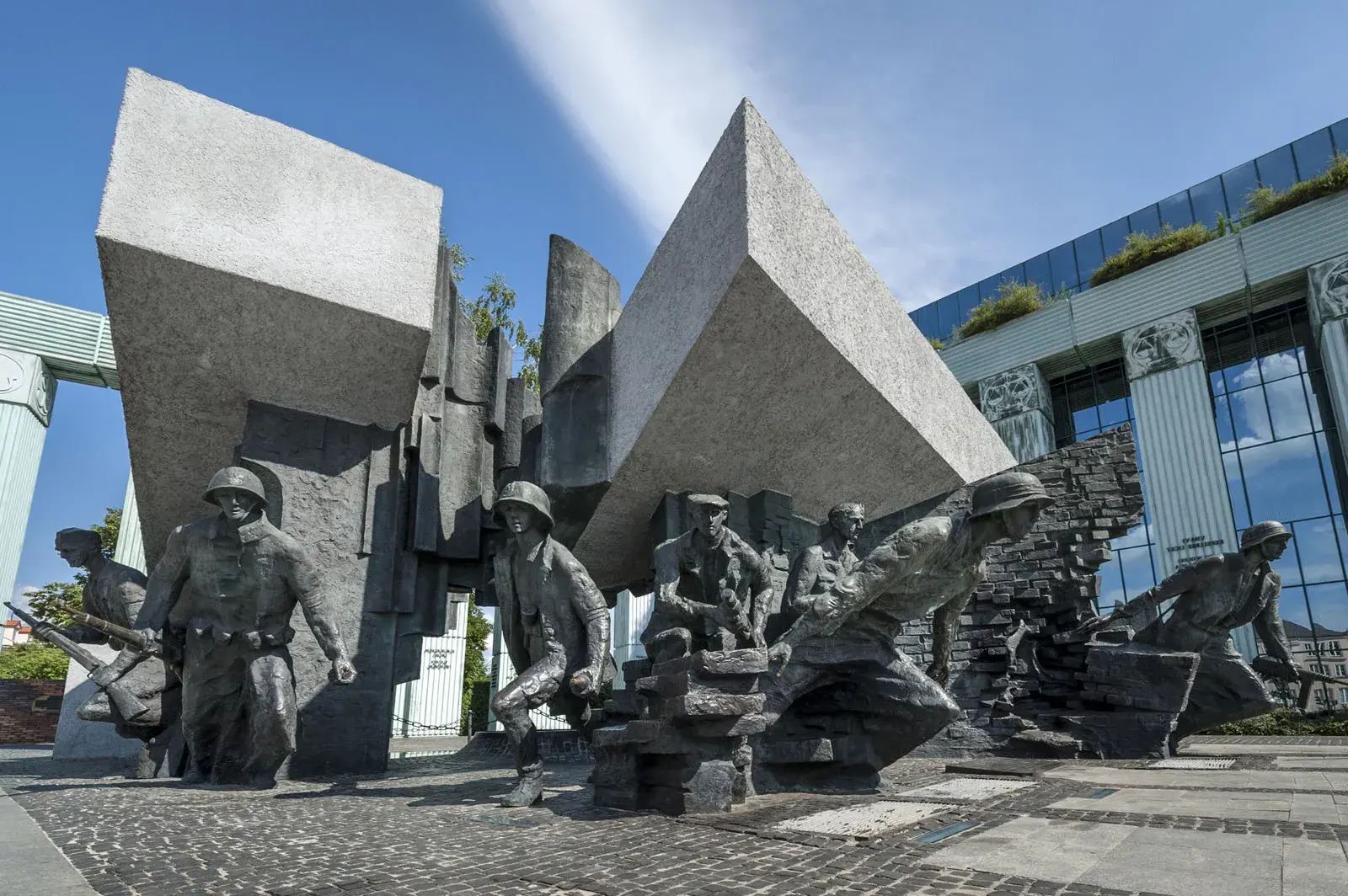
Warsaw Ghetto Uprising stands as a powerful testament to human resilience and courage. In 1943, amidst the darkest days of World War II, a group of Jewish insurgents took a stand against the Nazi regime, marking one of the most significant acts of resistance during the Holocaust. This uprising wasn't just a battle; it was a declaration of dignity, hope, and the unyielding spirit of a community under siege. Through these 12 facts, readers will gain insights into the bravery, strategies, and heart-wrenching sacrifices of those who fought valiantly within the confines of Warsaw's ghetto. Each fact not only sheds light on the historical events but also honors the memory of the fighters, ensuring their legacy continues to inspire future generations.
The Warsaw Ghetto Uprising: A Brief Overview
The Warsaw Ghetto Uprising was a significant event during World War II. It showcased the courage and determination of Jewish residents who resisted Nazi oppression. Here are some compelling facts about this historic rebellion.
The Beginning of the Uprising
The uprising didn't happen overnight. It was the result of months of planning and desperation.
- The Warsaw Ghetto was established in 1940. The Nazis forced over 400,000 Jews into a small area, isolating them from the rest of the city.
- The uprising began on April 19, 1943. This date marks the start of the Jewish resistance against the Nazis' final effort to transport the remaining ghetto residents to concentration camps.
Key Figures in the Uprising
Several individuals played crucial roles in organizing and leading the resistance.
- Mordechai Anielewicz was a prominent leader. As the head of the Jewish Combat Organization (?OB), he became a symbol of defiance.
- Yitzhak Zuckerman co-founded the ?OB. He was instrumental in coordinating efforts and securing weapons for the fighters.
- Tosia Altman was a brave courier. She smuggled weapons and information between different resistance groups, risking her life repeatedly.
The Struggle and Tactics
The fighters used various tactics to combat the better-equipped Nazi forces.
- The resistance fighters used homemade weapons. They crafted Molotov cocktails, grenades, and other improvised explosives to fight back.
- They built bunkers and hideouts. These underground shelters provided temporary safety and strategic positions for launching attacks.
- The Nazis used heavy artillery. In response to the resistance, the Nazis deployed tanks and flamethrowers, causing massive destruction.
The Aftermath of the Uprising
The uprising had significant consequences, both immediate and long-term.
- The ghetto was almost entirely destroyed. By May 16, 1943, the Nazis had razed most of the ghetto, leaving few buildings standing.
- Many fighters were killed or captured. Despite their bravery, the majority of the resistance fighters did not survive the uprising.
- The uprising inspired other acts of resistance. The courage shown by the Warsaw Ghetto fighters motivated other Jewish uprisings in ghettos and camps across Europe.
- The event is commemorated annually. April 19 is remembered as a day of heroism and resistance, honoring those who fought and died in the uprising.
Piecing Together History's Echoes
Warsaw Ghetto Uprising stands as a testament to the indomitable spirit of resistance against unimaginable odds. Through these 12 facts, we've journeyed into the heart of a struggle where courage, desperation, and the will to fight for dignity in the darkest times shone brightly. This uprising wasn't just a battle; it was a declaration that even in the face of certain defeat, the human spirit could rise, resist, and leave a legacy that transcends generations. Remembering these events helps ensure that the lessons learned and the sacrifices made are never forgotten. It's a reminder of the resilience humans can exhibit, the importance of standing up for what's right, and the impact such actions can have on history. Let's carry forward the memory of the Warsaw Ghetto Uprising, honoring those who stood defiant and those who continue to fight for justice and freedom around the world.
Was this page helpful?
Our commitment to delivering trustworthy and engaging content is at the heart of what we do. Each fact on our site is contributed by real users like you, bringing a wealth of diverse insights and information. To ensure the highest standards of accuracy and reliability, our dedicated editors meticulously review each submission. This process guarantees that the facts we share are not only fascinating but also credible. Trust in our commitment to quality and authenticity as you explore and learn with us.


